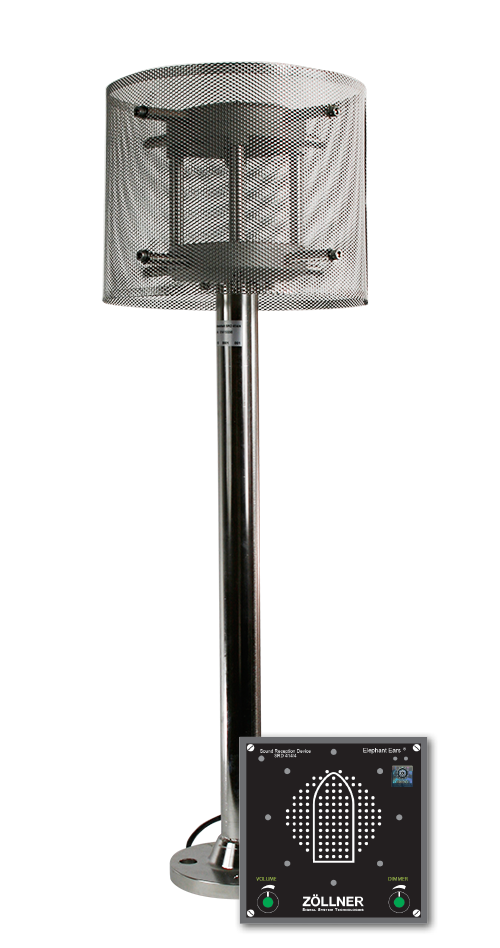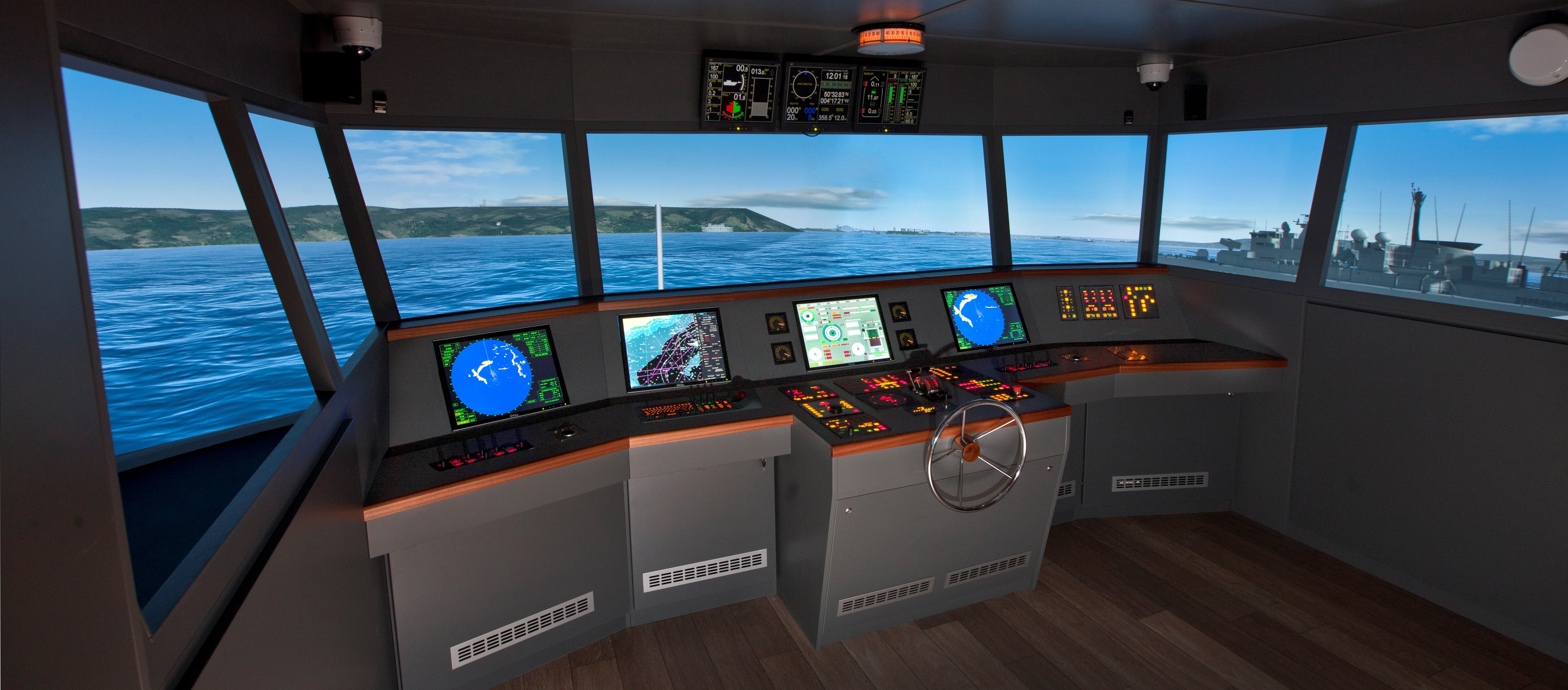Proposals call for work element at IMO to discuss how technology can be the eyes and ears of watchkeepers and bridge officers
A pair of submissions into the International Maritime Organization could pave the way for unmanned bridges. Officially the proposal will be for a work programme to discuss the possibility for an electronic lookout function. It will be submitted by the European Union, but has been developed and written in Finland, a country that has been seeking to position itself at the forefront of digitalisation in mobility and transport.
The two papers will be submitted to the IMO’s Maritime Safety Committee and ask it to look at how existing technology can help current watchkeeping functions on a ship’s bridge become even safer.
Under today’s regulations, the collision regulations and STCW (Convention on Standars for Training, Certification and Watchkeeping) a bridge must be always manned, although it has long been an industry practice for the officer of the watch to send the day watchkeeper to perform other duties away from the bridge when the situation allows, providing they maintain contact with the officer who remains on bridge (often with a hand-held radio).
The proposal being submitted is not about changing the regulations, but about recognising technology as an equivalent tool capable of being the eyes and ears of the watchkeeper. In IMO speak it is called equivalence.
In short, the concept of an electronic lookout function is that a series of high-resolution cameras are deployed around the vessel linked to detection software and an alarm, this would perform the same role as the watchkeeper in notifying the officer, but not making any decisions..
The proposal also sees this allowing a bridge to be periodically unmanned in the same way as vessels have a classification notation to allow engine rooms to be periodically unmanned providing suitable alarm system is installed and functioning properly.
ABB head of regulatory Affairs Eero Lehtovaara spoke to Fathom World’s Craig Eason on the Aronnax Show Podcast about the paper and a separate, but similar, white paper he has co-authored.
The concept of an electronic lookout function is not about replacing the seafarer of today according to Lehtovaara who says this is foremost about crew safety and welfare, although he quickly points out that without these types of developments any levels of increased autonomous or unmanned operations in international shipping will be very difficult.

The IMO submissions suggest that at times, such as when there are no visible threats to the vessel, the weather is good, then a bridge team could be deployed into other profitable functions or even allowed to rest providing they are connected to the alarm system ready to come to the bridge as soon as something is detected and take any necessary action once an alarm situation has been assessed.
Lehtovaara also points to the need to have a system capable of self-checking so officers can be reassured the system is working as expected, and situations are not missed.
He sees a time when the cameras covering the waters around a ship can be accessed by the master’s and watch officer’s own handheld devices to periodically check things are as they should be.
Elephant ears
 The IMO already has a precedent pointing towards these technology solutions. When vessels began to be built with totally enclosed bridges, there were no bridge wings for watch keepers to stand on and experience the elements, nor to hear if there are any nearby audio signals such as fog horns, manoeuvring signals, buoys or even shouts.A sense of hearing is a requirement under international regulations as is eyesight, so a solution had to be developed for totally enclosed bridges.
The IMO already has a precedent pointing towards these technology solutions. When vessels began to be built with totally enclosed bridges, there were no bridge wings for watch keepers to stand on and experience the elements, nor to hear if there are any nearby audio signals such as fog horns, manoeuvring signals, buoys or even shouts.A sense of hearing is a requirement under international regulations as is eyesight, so a solution had to be developed for totally enclosed bridges.
Known in the industry as elephant ears, these are sound reception devices that should be able to pick up external audio and relay it to a loudspeaker inside the bridge. Under classification rules these are a mandatory technology for a vessel with a totally enclosed bridge. Lehtovaara sees an easy development of this technology and high-resolution cameras that are easily available today, linking them to a software programme capable of detection and alerting required personnel. He also sees this as a fundamental technology step to enable the evolution of shipping as more digitalisation, oversight, and efficiency, including autonomous systems, is built into vessel and fleet operations.
You can hear the full interview on the Aronnax Show on Spotify, Apple Podcasts and other podcast apps.































